Home>Construction & Tools>Building Materials>What Is The Difference Between Plaster And Stucco
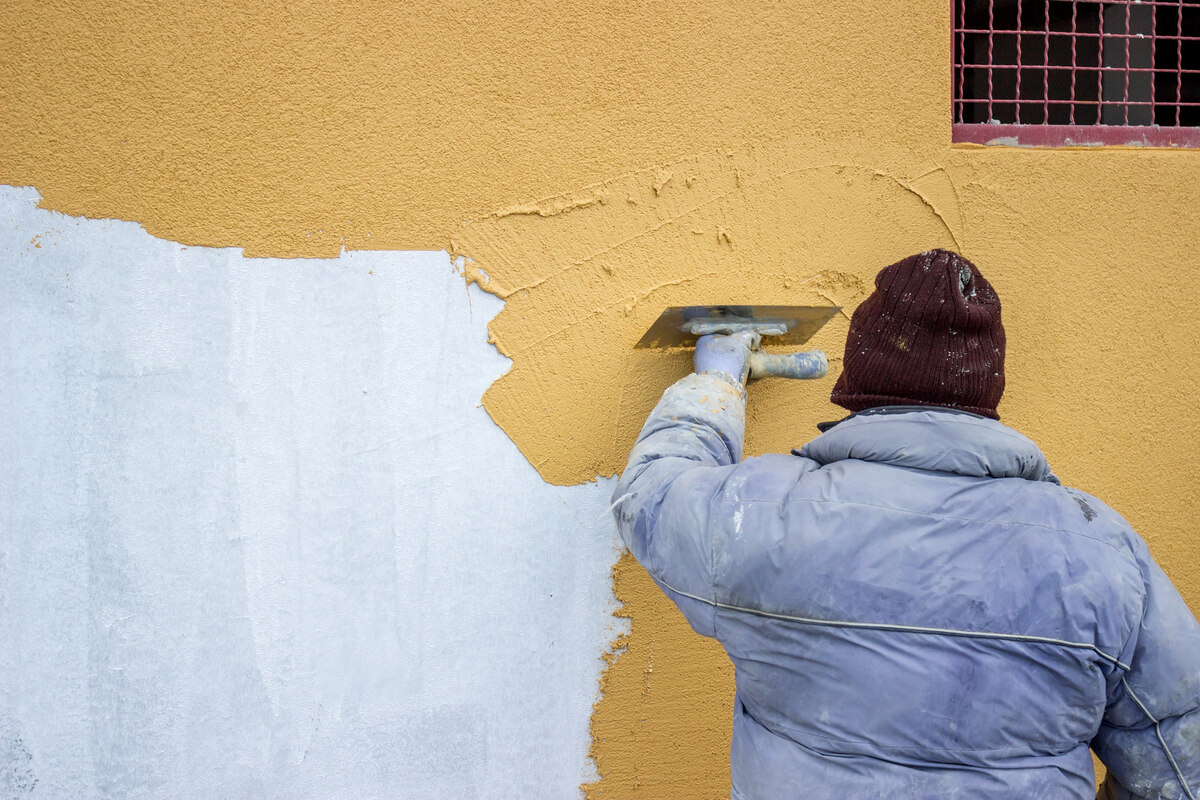

Building Materials
What Is The Difference Between Plaster And Stucco
Published: January 17, 2024
Discover the contrast between plaster and stucco, two essential building materials. Learn about their uses, composition, and differences.
(Many of the links in this article redirect to a specific reviewed product. Your purchase of these products through affiliate links helps to generate commission for Storables.com, at no extra cost. Learn more)
Introduction
When it comes to building materials, two popular choices for exterior finishes are plaster and stucco. These materials not only enhance the aesthetic appeal of a structure but also provide essential protection against the elements. While they may seem similar at first glance, there are distinct differences between plaster and stucco that are important to understand before embarking on a construction or renovation project.
In this comprehensive guide, we will delve into the composition, application, durability, maintenance, cost, and availability of plaster and stucco. By the end of this exploration, you will have a clear understanding of the unique characteristics of each material, empowering you to make informed decisions for your building projects.
Whether you are a homeowner considering exterior finishes for your property or a contractor seeking insights into these versatile building materials, this article aims to provide valuable knowledge that will guide you in selecting the most suitable option for your specific needs. Let's embark on this enlightening journey to unravel the differences between plaster and stucco, shedding light on their individual attributes and applications.
Key Takeaways:
- Plaster and stucco offer unique benefits: plaster is great for elegant interiors and fire resistance, while stucco is ideal for durable and weather-resistant exteriors.
- Understanding the differences in composition, application, durability, and cost of plaster and stucco empowers builders and designers to make informed decisions for construction projects.
Composition and Ingredients
Plaster and stucco are both versatile building materials, each with its own unique composition and ingredients.
- Plaster: Plaster is a traditional building material that has been used for centuries. It is primarily composed of gypsum, lime, sand, and water. Gypsum, a mineral known for its fire-resistant properties, is the main component of plaster. When mixed with water, gypsum forms a paste that hardens over time, creating a durable and resilient surface. Lime is often added to improve the workability and strength of the plaster, while sand provides texture and bulk to the mixture.
- Stucco: Stucco, on the other hand, typically consists of cement, sand, and water. Cement serves as the binding agent in stucco, holding the other ingredients together to form a solid and enduring coating. The addition of sand contributes to the stucco’s strength and texture, while water is essential for activating the chemical process that causes stucco to harden and set.
While both plaster and stucco share similarities in their use of sand and water, the primary differentiating factor lies in the binding agents. Plaster relies on gypsum and lime, while stucco utilizes cement as its key component. This variance in composition gives each material distinct properties and characteristics that influence their applications and performance.
Understanding the composition and ingredients of plaster and stucco is crucial for determining their suitability for specific construction projects. Whether you are seeking a fire-resistant interior finish or a durable exterior coating, the unique attributes of plaster and stucco stem from their composition, making it essential to consider these factors when selecting the ideal material for your building needs.
Application and Uses
The application and uses of plaster and stucco are diverse, with each material offering distinct advantages for various construction and renovation projects.
- Plaster: Plaster is commonly used as an interior finish for walls and ceilings. Its smooth and versatile nature makes it an ideal choice for creating a polished and refined appearance in residential and commercial spaces. Additionally, plaster’s fire-resistant properties make it a preferred material for constructing fire-rated walls and enclosures. With the ability to be molded and sculpted, plaster also lends itself to decorative applications, allowing for intricate designs and ornamental details.
- Stucco: Stucco is primarily employed as an exterior finish for buildings. Its durable and weather-resistant qualities make it well-suited for protecting structures from the elements. Whether applied as a traditional cement-based stucco or a synthetic stucco system, this material provides a robust barrier against moisture and wind, enhancing the longevity of the building’s exterior. Stucco’s textured surface adds visual interest to facades and can be tinted in various colors to achieve the desired aesthetic effect.
Furthermore, both plaster and stucco offer versatility in terms of application techniques. They can be applied using traditional hand-troweling methods or through modern spray application processes, providing flexibility to contractors and designers in achieving the desired finish and texture.
Understanding the specific applications and uses of plaster and stucco is essential for determining the most suitable material for a given project. Whether you are aiming to create a luxurious interior ambiance with plaster or seeking to fortify and beautify the exterior of a structure with stucco, the unique characteristics of each material play a pivotal role in their practical applications.
Plaster is an interior wall finish, while stucco is an exterior finish. Plaster is smoother and used for decorative purposes, while stucco is more textured and used for weatherproofing.
Durability and Maintenance
When considering plaster and stucco as building materials, it is essential to evaluate their durability and maintenance requirements to make informed decisions regarding their long-term performance.
- Plaster: Plaster, when applied correctly, offers excellent durability for interior surfaces. Its resistance to fire and mold makes it a reliable choice for creating safe and long-lasting wall and ceiling finishes. Properly maintained plaster surfaces can retain their structural integrity and aesthetic appeal for decades, providing a timeless and elegant ambiance within a space. Maintenance of plaster primarily involves regular cleaning and minor repairs to address any cracks or imperfections that may develop over time.
- Stucco: Stucco is renowned for its exceptional durability, especially when used as an exterior cladding. It forms a robust barrier against moisture, impact, and harsh weather conditions, contributing to the protection and structural integrity of buildings. Routine maintenance of stucco involves inspecting for any cracks, ensuring proper drainage to prevent water accumulation, and addressing any surface damage to uphold its weather-resistant properties. With periodic cleaning and timely repairs, stucco can maintain its strength and visual appeal for an extended lifespan.
Both plaster and stucco offer longevity and resilience when installed and maintained correctly. Their ability to withstand environmental factors and everyday wear and tear makes them valuable assets in construction, providing enduring protection and aesthetic enhancement to structures.
Understanding the durability and maintenance considerations of plaster and stucco is crucial for ensuring the longevity and performance of these materials in various architectural applications. By comprehending their maintenance needs and potential lifespan, builders and property owners can make informed choices that align with their project requirements and long-term objectives.
Cost and Availability
When planning a construction or renovation project, evaluating the cost and availability of building materials is a pivotal aspect of the decision-making process. Let’s explore the cost considerations and availability of plaster and stucco to gain insights into their economic and logistical aspects.
- Plaster: The cost of plaster can vary depending on factors such as the type of plaster used, the intricacy of the application, and regional pricing differences. Traditional gypsum-based plaster is generally more affordable compared to specialized or decorative plaster finishes. Additionally, the availability of plaster products and skilled craftsmen proficient in plaster application may vary by location, potentially influencing the overall project cost and timeline.
- Stucco: Stucco, particularly cement-based stucco, is known for its cost-effectiveness, offering a durable exterior finish at a competitive price point. The availability of stucco materials is widespread, and its application is well-established in the construction industry. Synthetic stucco systems, while offering enhanced insulation and impact resistance, may involve higher material costs but can provide long-term energy savings and structural benefits.
Considering the cost and availability of plaster and stucco is essential for budgeting and procurement planning. Builders and property owners can explore the local market dynamics and material options to make informed decisions that align with their financial objectives and project timelines.
By understanding the cost factors and availability of plaster and stucco, stakeholders in construction and design can navigate the selection process with clarity, ensuring that the chosen materials meet both budgetary constraints and project scheduling requirements.
Conclusion
As we conclude our exploration of the differences between plaster and stucco, it becomes evident that these building materials offer unique attributes and applications that cater to diverse construction needs. From their composition and uses to their durability, maintenance, cost, and availability, plaster and stucco each present distinct advantages and considerations for builders, designers, and property owners.
Plaster, with its fire-resistant properties and versatility in interior applications, remains a timeless choice for creating elegant and safe living and working environments. Its ability to be sculpted and molded for decorative purposes further enhances its appeal in architectural design.
On the other hand, stucco stands out as a durable and weather-resistant exterior finish, safeguarding buildings against the elements while adding visual interest to facades. Its cost-effectiveness and widespread availability make it a practical choice for enhancing the longevity and aesthetic appeal of structures.
Understanding the specific characteristics and practical considerations of plaster and stucco empowers stakeholders in the construction and design industry to make informed decisions that align with their project goals and budgetary constraints. Whether seeking to create a luxurious interior ambiance with plaster or fortifying the exterior of a building with stucco, the distinct attributes of these materials offer valuable options for realizing architectural visions.
By weighing the composition, application, durability, maintenance, cost, and availability of plaster and stucco, individuals and organizations involved in construction and renovation projects can navigate the selection process with confidence, ensuring the optimal use of these versatile building materials in creating enduring and visually captivating structures.
As the architectural landscape continues to evolve, the enduring appeal and practical advantages of plaster and stucco position these materials as indispensable elements in the construction and design repertoire, contributing to the creation of spaces that seamlessly blend aesthetics, functionality, and longevity.
Frequently Asked Questions about What Is The Difference Between Plaster And Stucco
Was this page helpful?
At Storables.com, we guarantee accurate and reliable information. Our content, validated by Expert Board Contributors, is crafted following stringent Editorial Policies. We're committed to providing you with well-researched, expert-backed insights for all your informational needs.

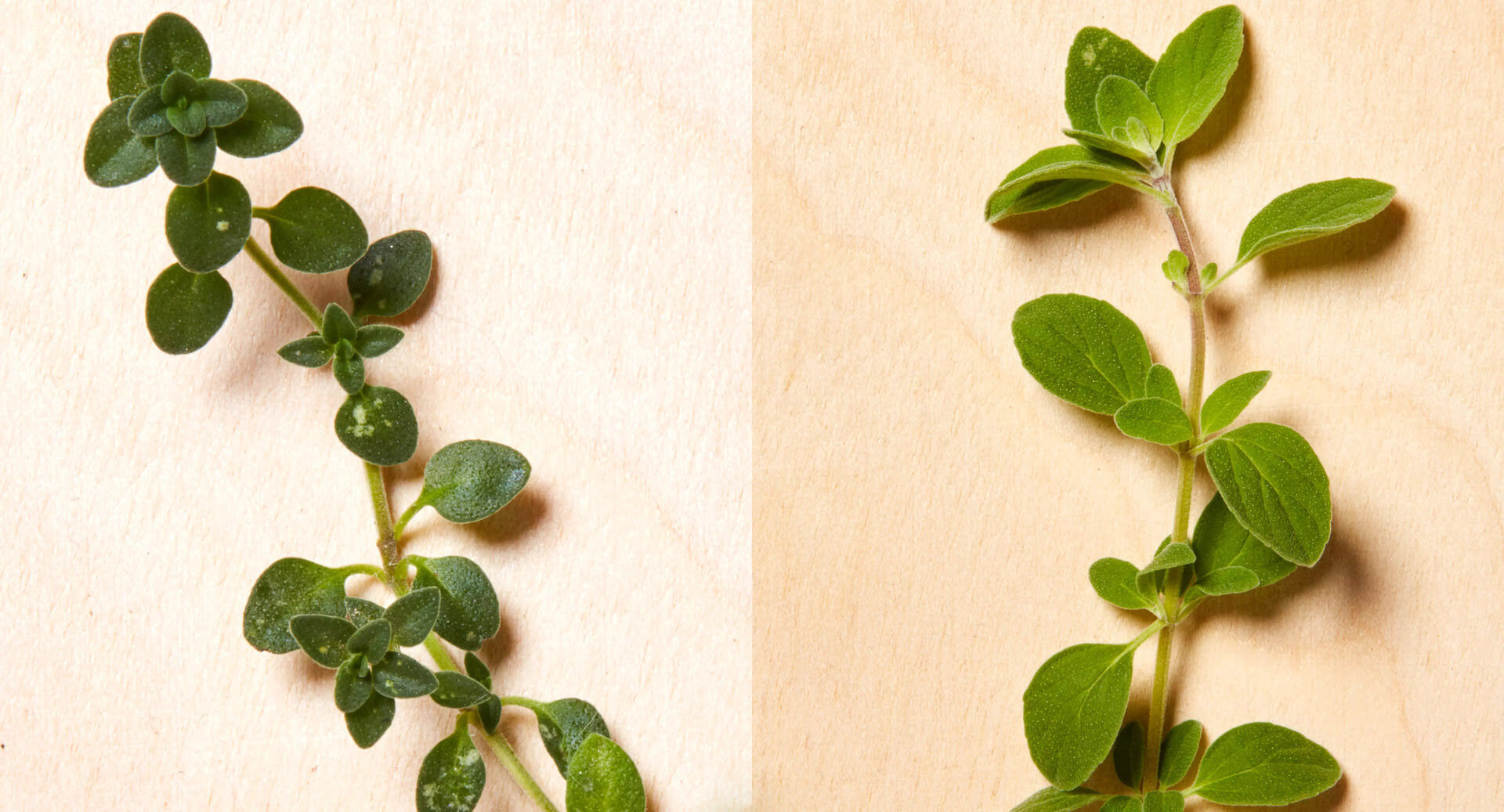
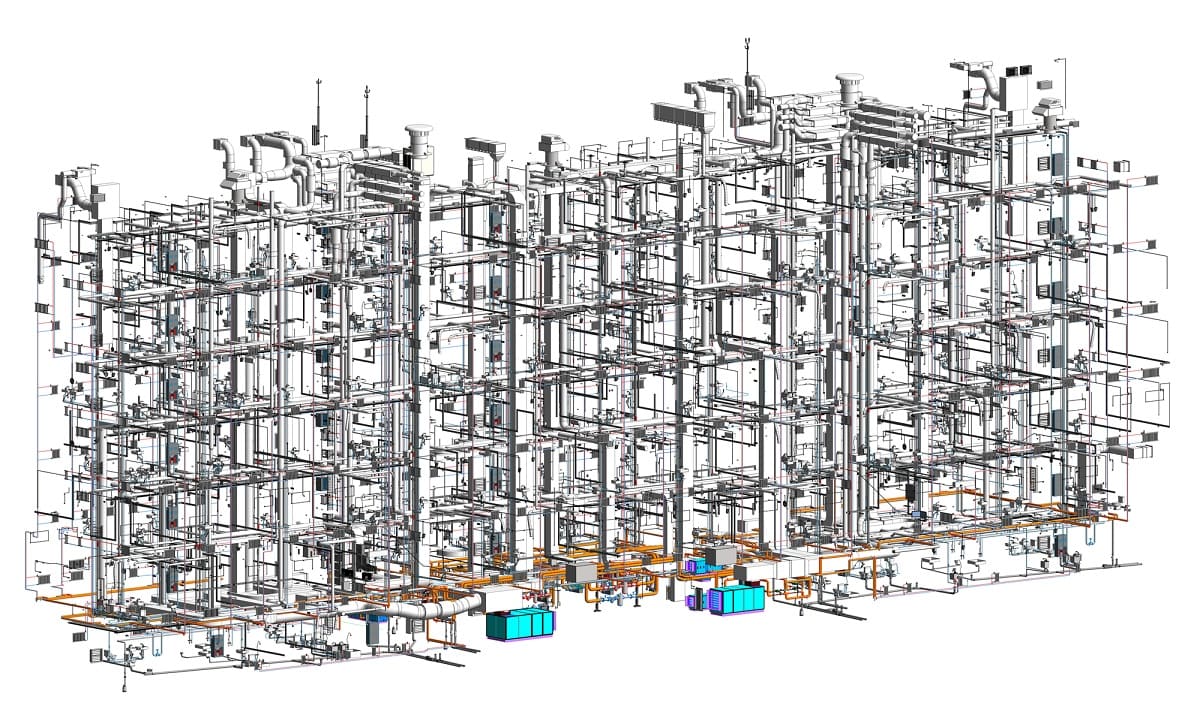
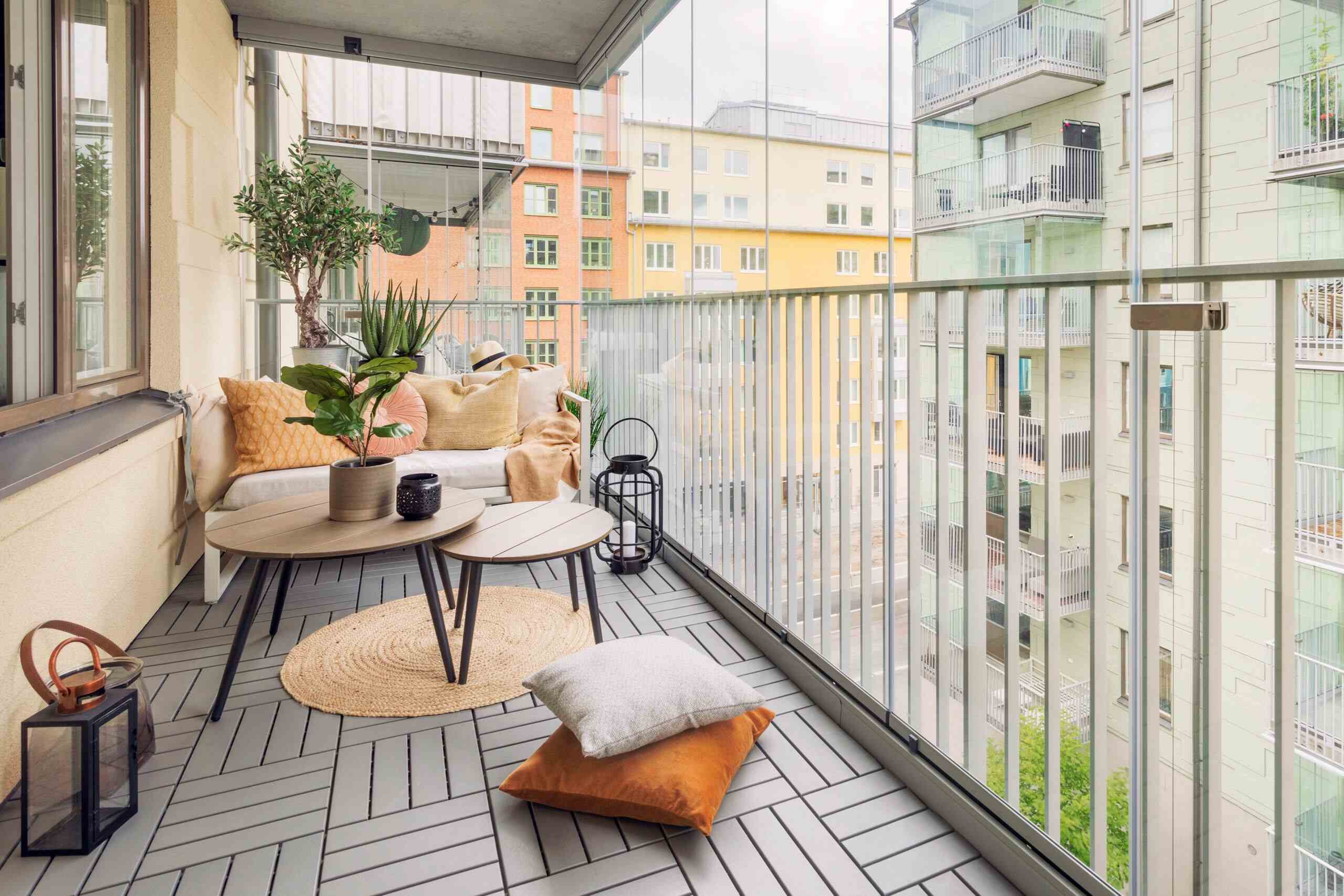
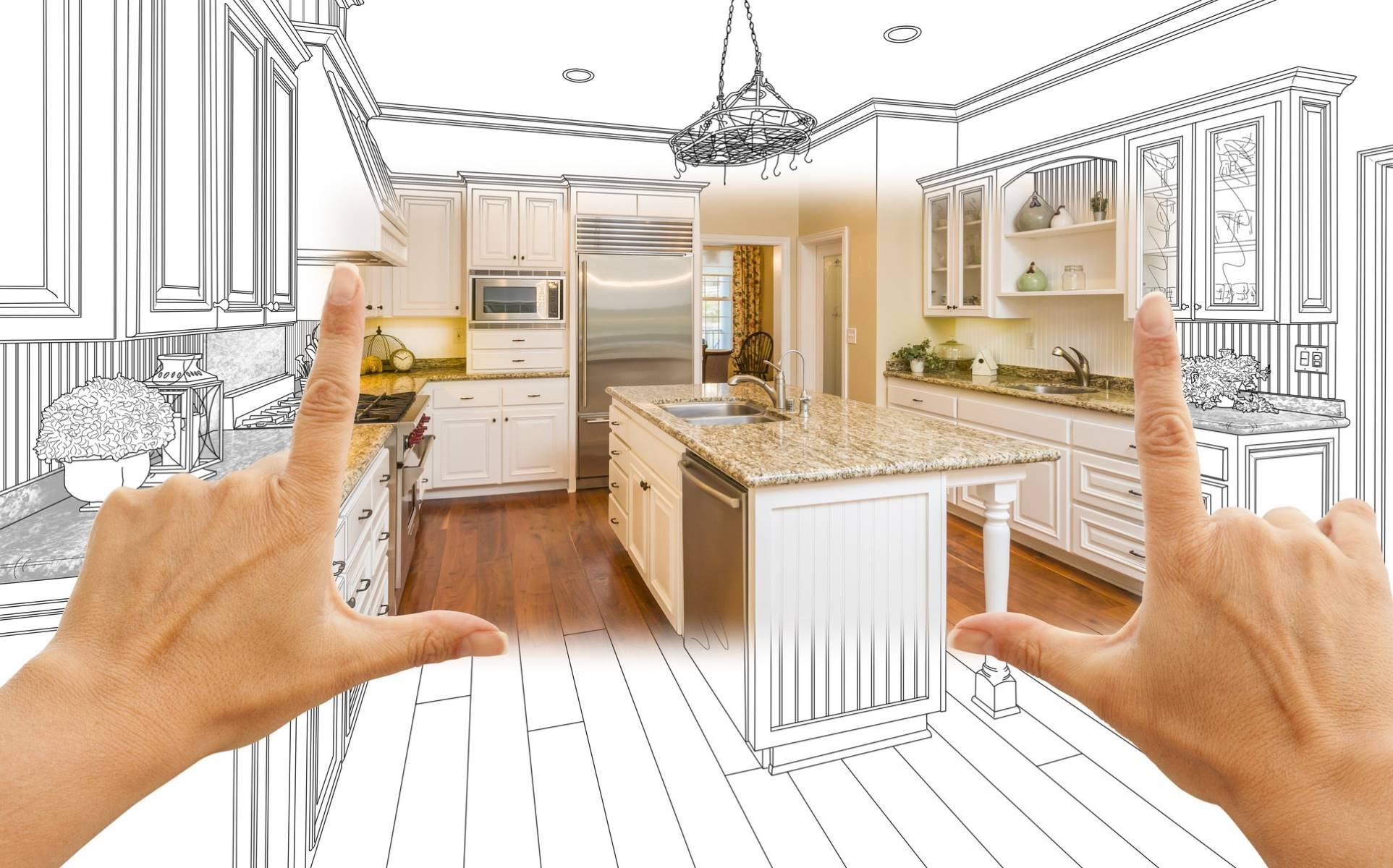
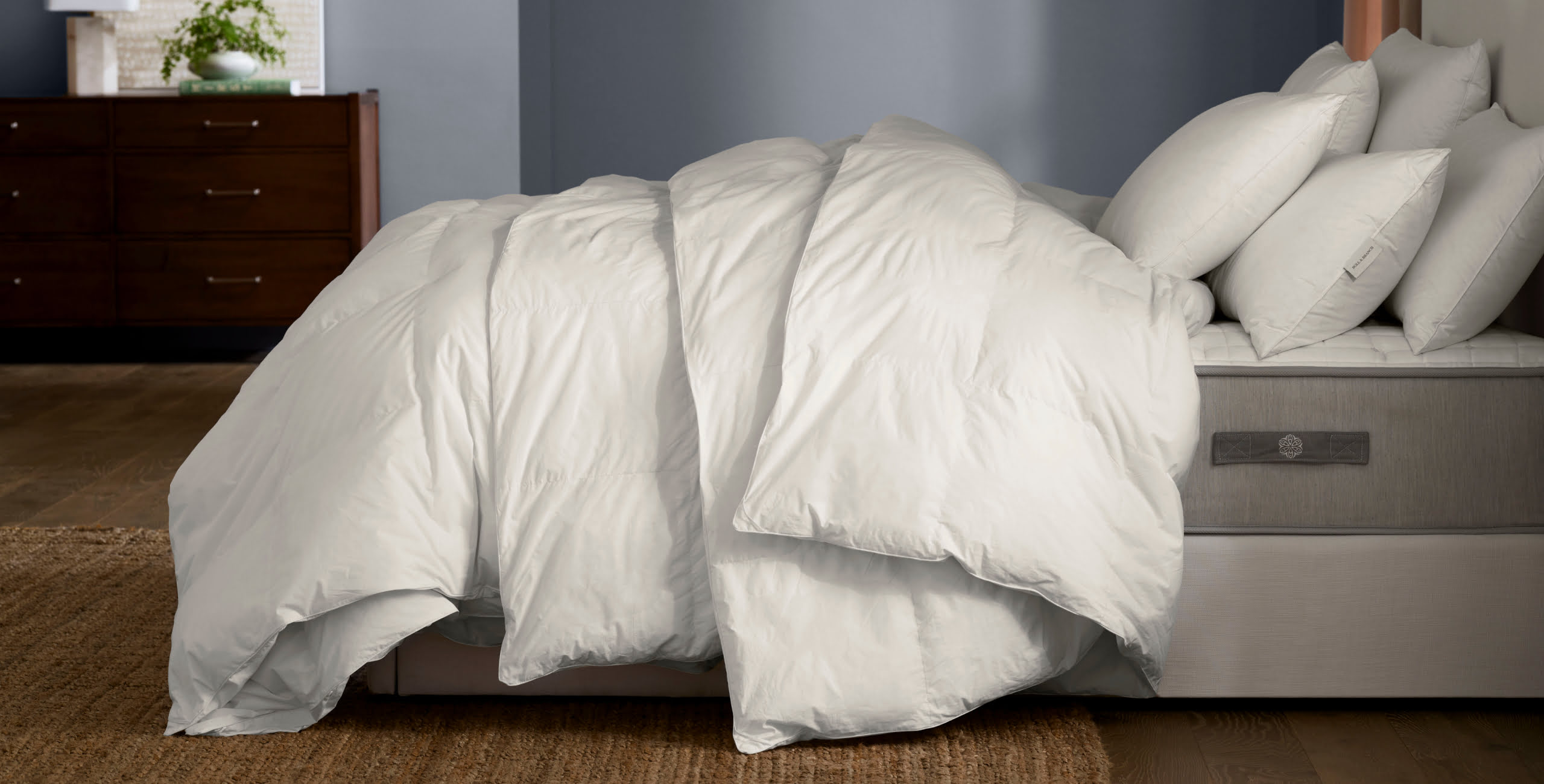





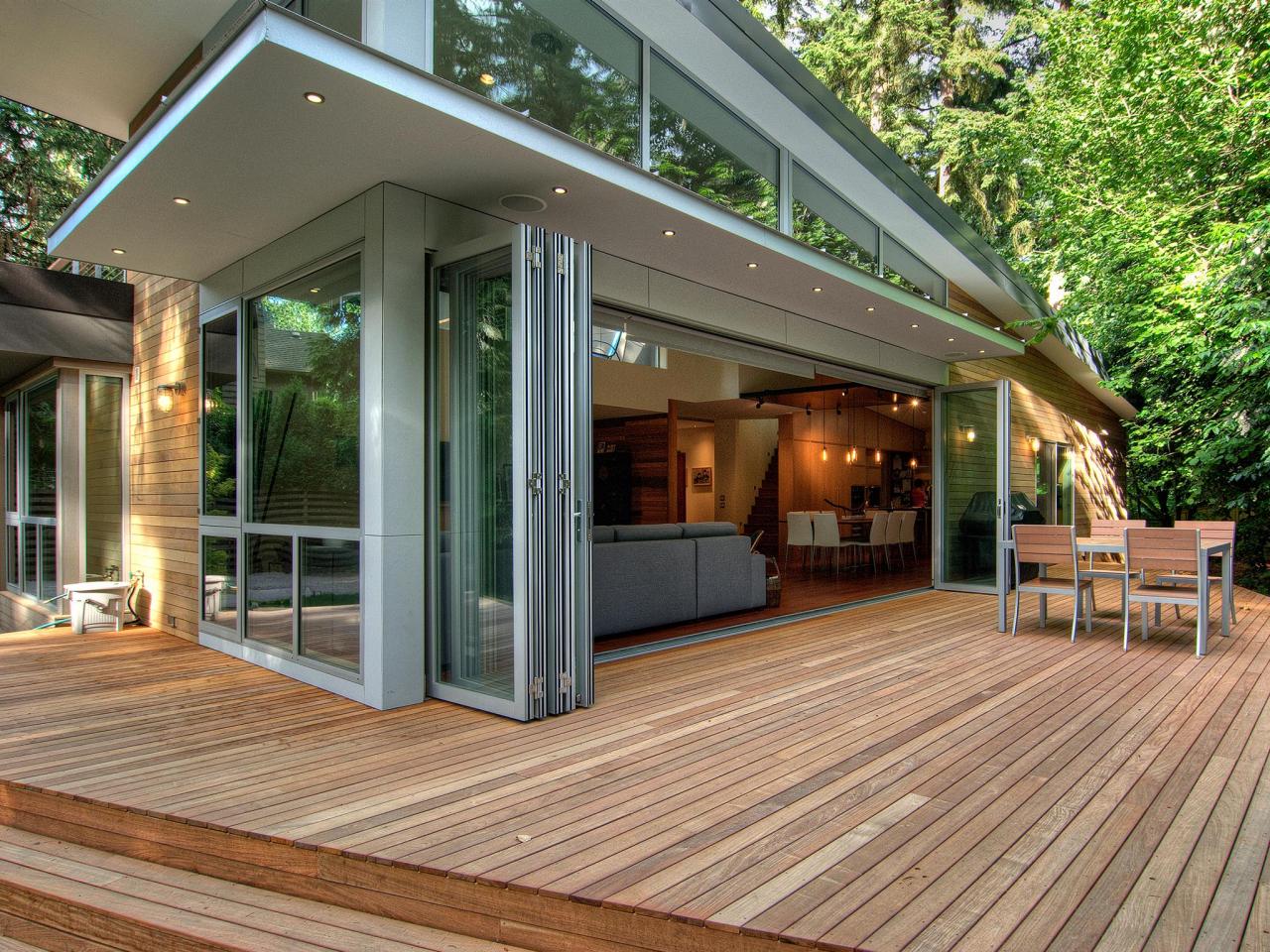
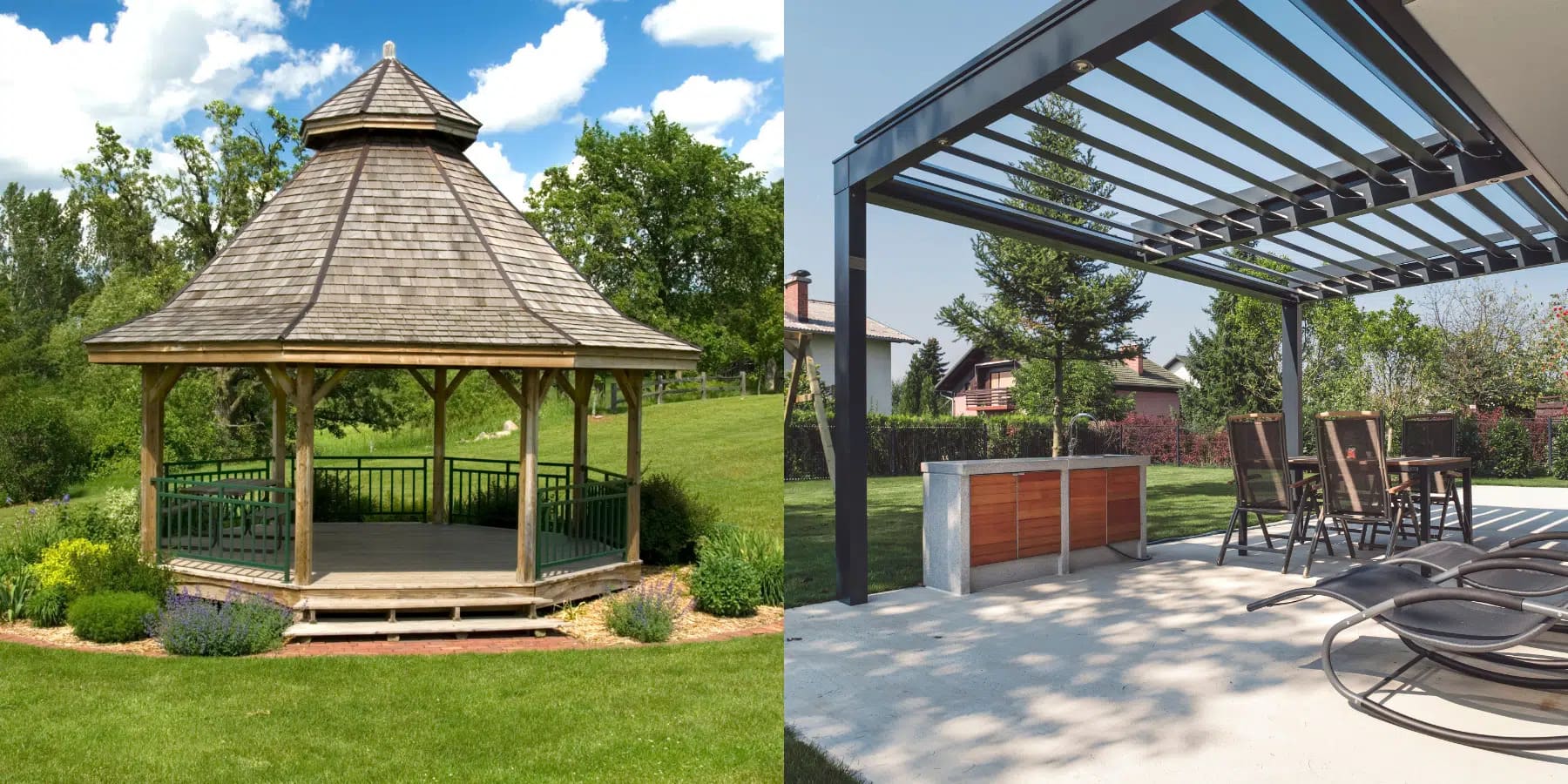
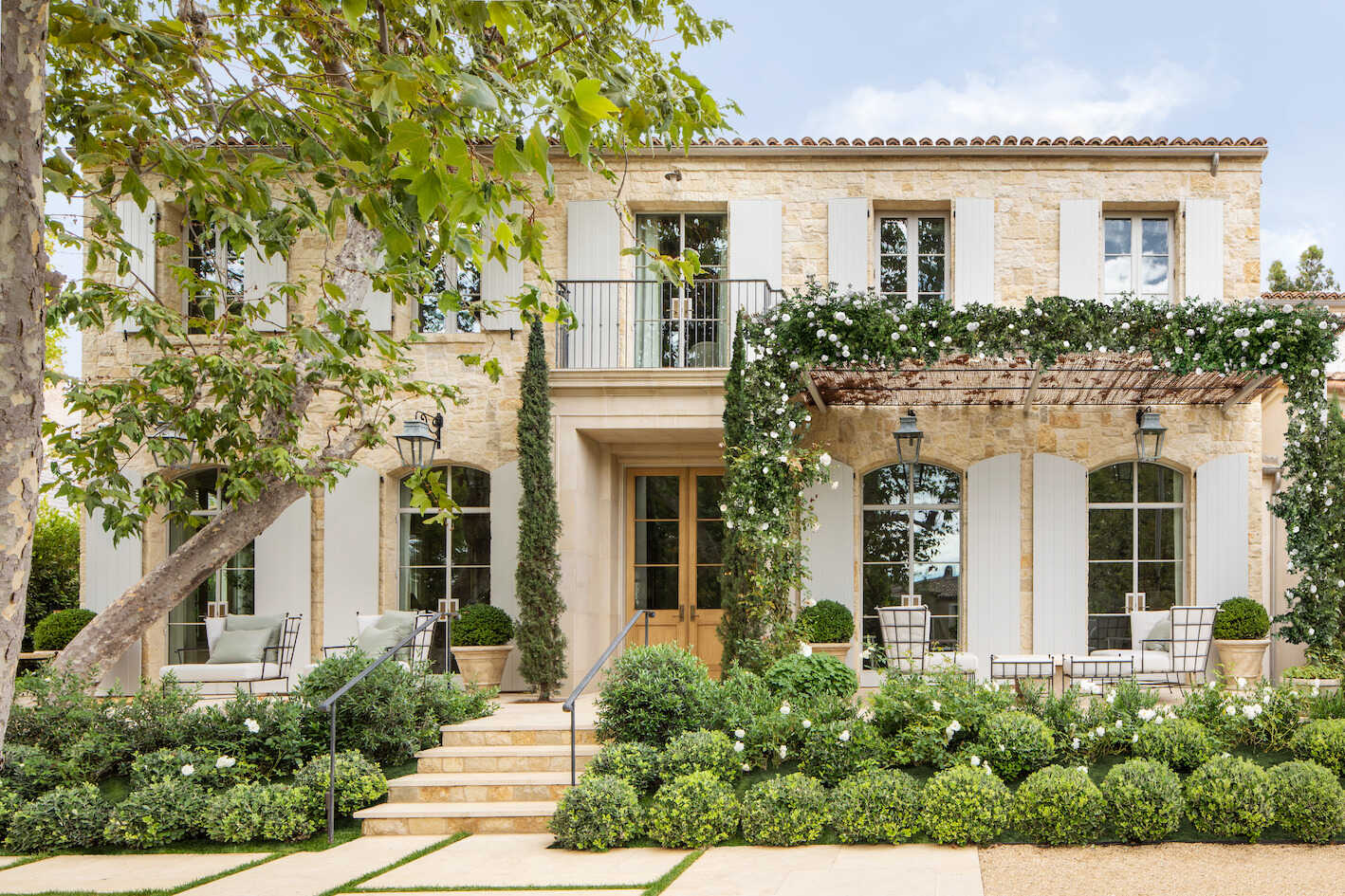

0 thoughts on “What Is The Difference Between Plaster And Stucco”